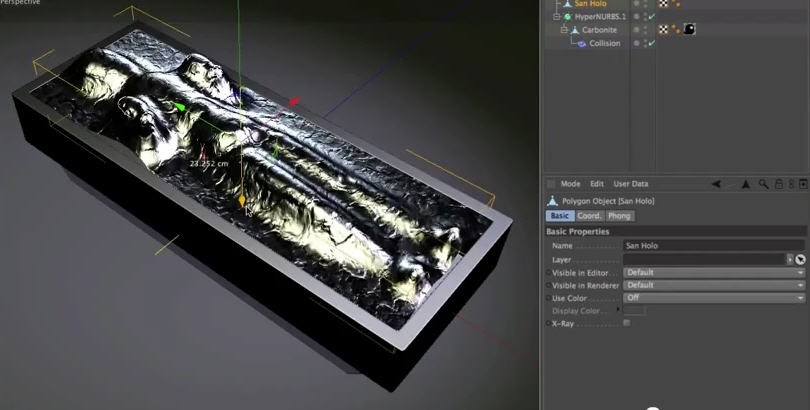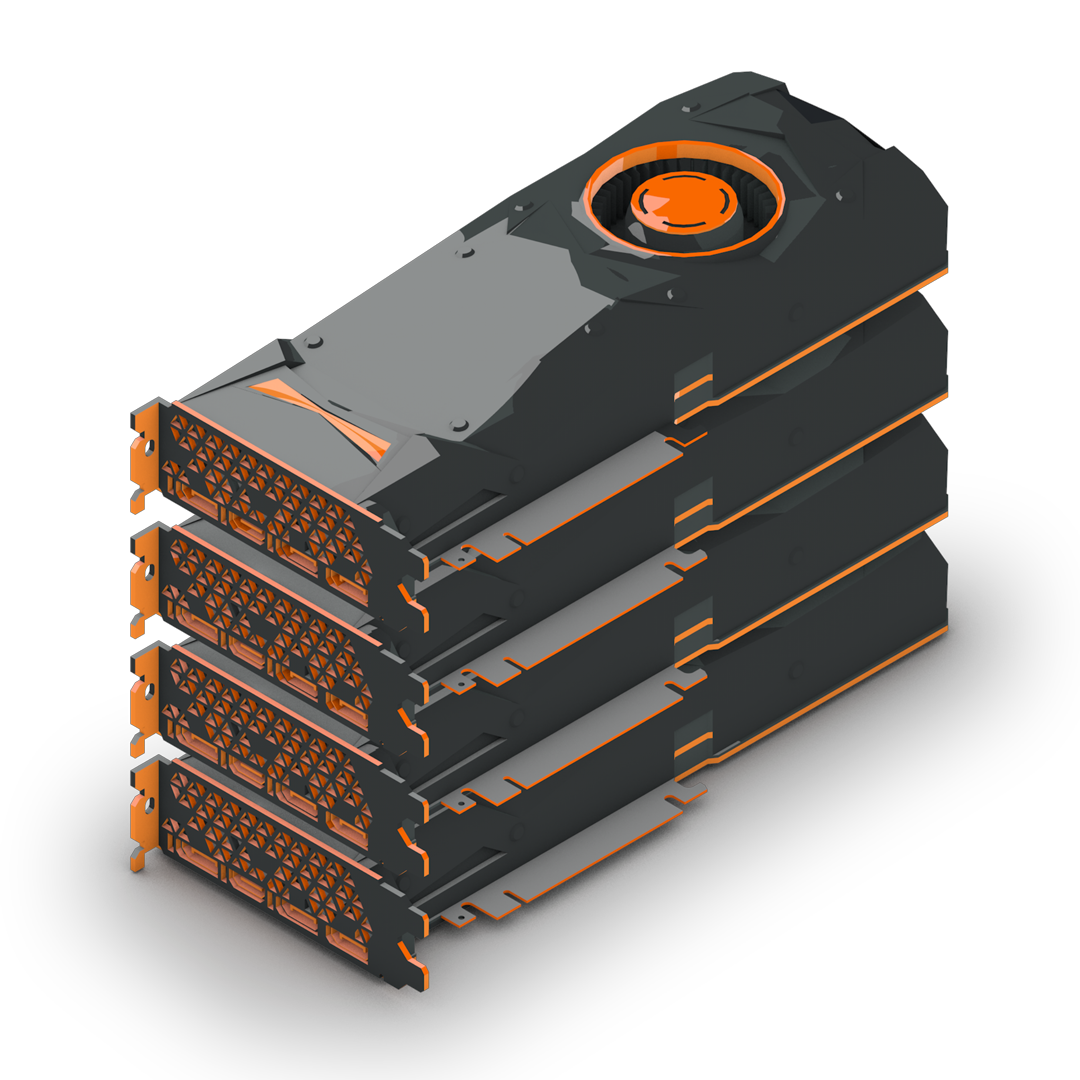
This is only functional in TFD builds and later. Use of Turbulence FD in your scene file requires that you use relative pathing to point to your simulation container. It’s important to note that relative pathing works on your machine as it does here, so you can test out your pathing on your own machine before submitting the job. An example would be “.\xpsim.file” if xpsim.file was your cache file and it was located in the same directory as your scene file. If you choose to store the sim cache externally in files, you must point to it using relative pathing like every other external file. We recommend you store your generated XP sim cache internal to the scene file, as it’s the simplest and most fool-proof method of telling XP where to find the cache. Scene files made using their Learning Edition are not able to be opened for analysis on our farm.
#CINEMA 4D RENDERFARM LICENSE#
Use of X-Particles in your scene file requires that you create your scene file with a commercial license of X-Particles. This eliminates the need for Real Flow to reference files directly by any path, relative or absolute, as it isn’t really used at render time. The only known alternate method to bypass Real Flow’s deficiency in handling external files is to export to Alembic and import the Alembic cache. Scene files using the Real Flow plugin must reference the cache files via relative pathing, but Real Flow has had a history of relative pathing problems. We recommend you use a still image sequence if you wish to have an animated texture.
#CINEMA 4D RENDERFARM FOR MAC#
This is particularly true for Mac users, as the farm runs Windows and does not have any of the default video decompression codecs available on the Mac platform. Using a video file as a texture is generally problematic. This includes objects animated via sound modifiers, as our render nodes do not have audio cards.

Object animation driven by Xpresso, Mograph, and Dynamics typically needs to be baked prior to scene file submission. Power setting will continue to affect when that frame starts if the farm is saturated. As a result, single frame jobs will run on only one node, regardless of power setting. Single frame jobs will not be tile or region rendered, as C4D does not have any native ability to do so when launched via the CLI. Image sequence output is the only available option for distributing a frame range job across many nodes of a render farm. Any detected video output format will be automatically changed to PNG output to allow the job to proceed without errors. This is because you cannot have more than one machine writing to the same file at the same time. The outputs you defined in your scene file will be what C4D creates and our system attempts to capture with one exception. Most of the time, this analysis pass will complete entirely automatically in a matter of seconds. If it does fail, we encourage you to leave your job in the queue so we may review the analysis pass manually and, if possible, work around it.

This analysis pass may fail for a variety of reasons.

When your job is uploaded to our farm, we run an analysis pass on the scene file by opening it in an instance of Cinema 4D and running a custom script against it to read and output many details from the scene file our system needs to know in order to render the scene file correctly. The Pixel Plow agent compresses and uploads the entire folder that holds the scene file you submit for rendering. We advise you to save your scene file and assets to an empty folder to avoid having to upload unnecessary data. We do not parse the scene file to try to locate those external resources for you, so if one does not exist at time of render on our farm, the render results will be adversely affected. Using Cinema4D’s “Save Project with Assets” option off the File menu can usually help with this. These external resources should always be located in the same directory as your scene file or within a subdirectory of that directory.

It is always important to use relative pathing for any resources needed for the render that exist outside of the scene file.


 0 kommentar(er)
0 kommentar(er)
